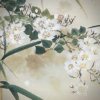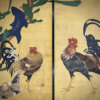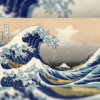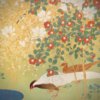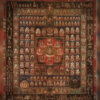Heian Period’s Esoteric Buddhism and Pure Land Buddhism: Balancing Beliefs for This Life and the Next
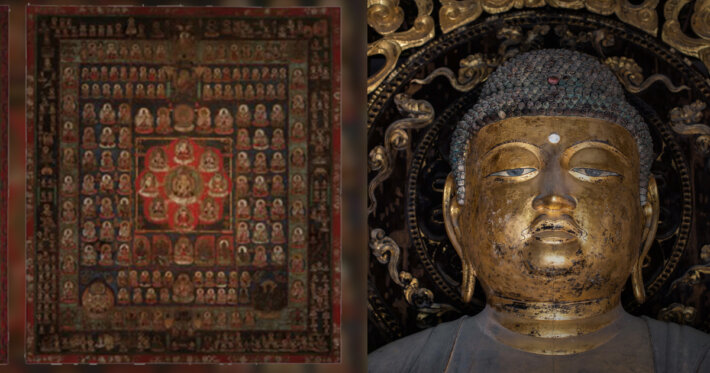
In Japan’s Heian period, two major Buddhist ideologies, Esoteric Buddhism and Pure Land Buddhism, were popular. Buddhism deeply influenced the lives of the people during this era.
In the first half of the period, Esoteric Buddhism, introduced to Japan by Kūkai (also known as Kōbō-Daishi), was dominant. Regarded as an advanced version of Buddhist teachings, it was known for its powerful rituals and prayers, aimed at achieving benefits in the earthly life.
On the other hand, the latter half of the Heian period saw the rise of Pure Land Buddhism, influenced by the mappō (end of the law) thought. This sect focused on rebirth in the Pure Land, emphasizing benefits in the afterlife.
Interestingly, people of the Heian period didn’t exclusively adhere to one or the other but practiced both, astutely differentiating their applications. Esoteric Buddhism catered to immediate worldly benefits, while Pure Land Buddhism was concerned with the salvation in the afterlife.
This dual approach reveals the pragmatic and flexible attitude of the people of the Heian period. They sought happiness in their current lives while also ensuring tranquility in the next. Their practicality offers a glimpse into the clever yet avaricious nature of humanity.
The distinction between Esoteric and Pure Land Buddhism in the Heian period was not just a matter of religious practice; it reflected the contemporary life and worldview. It’s a lesson that might still hold relevance for us today.

